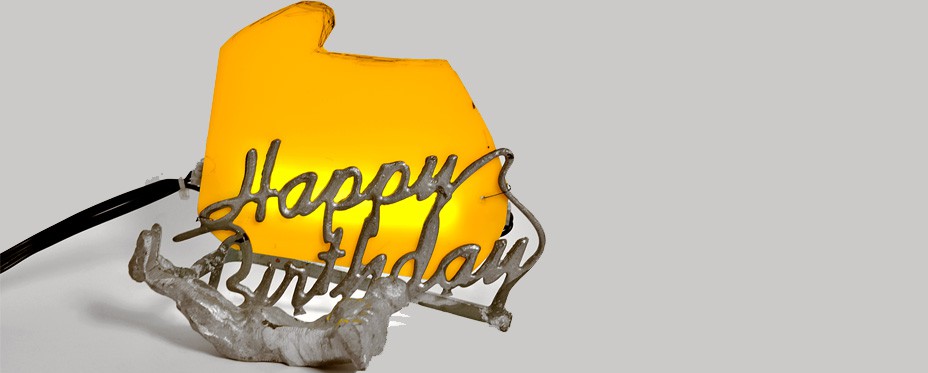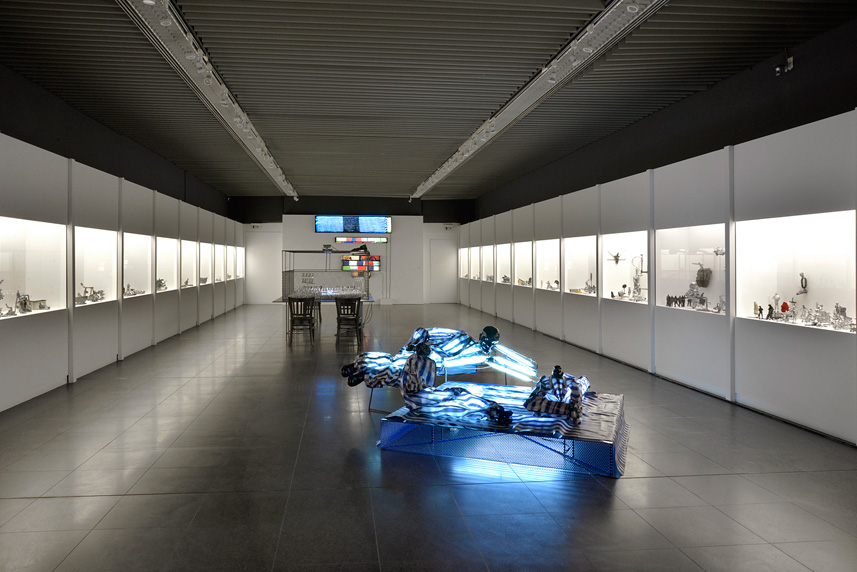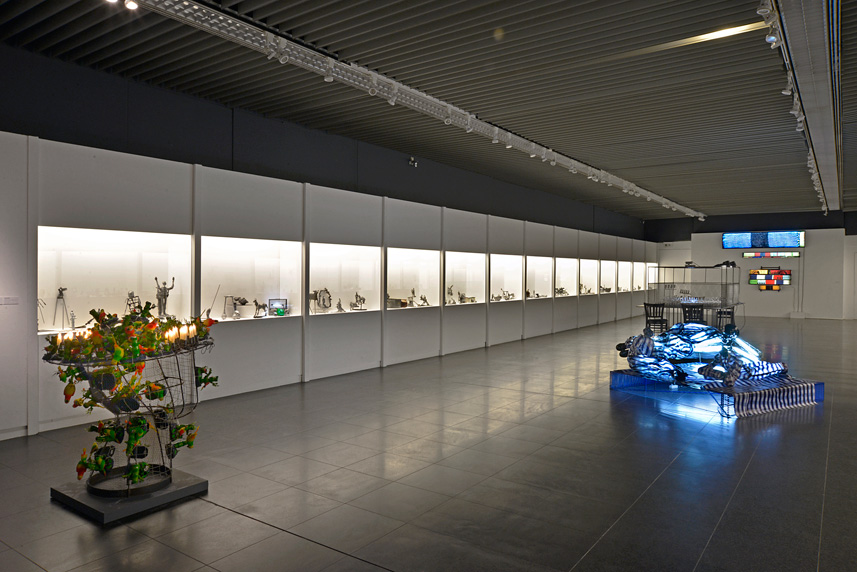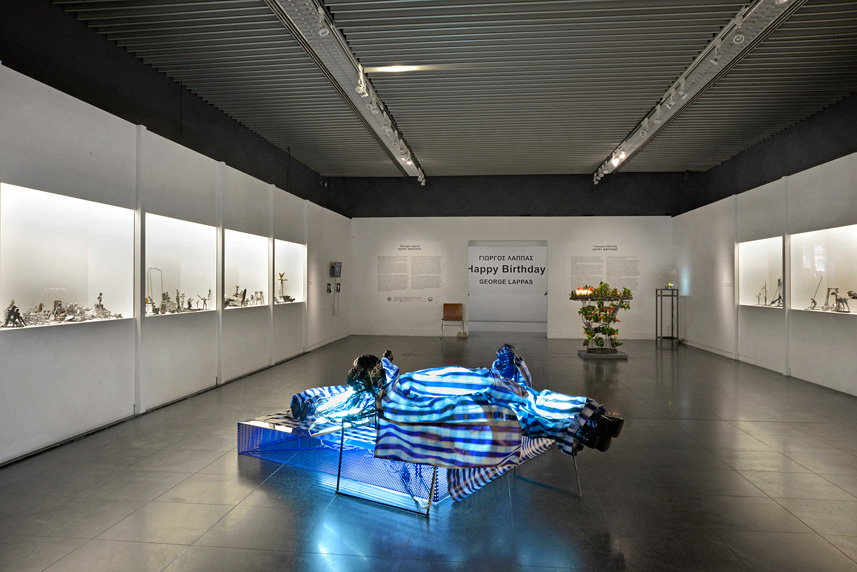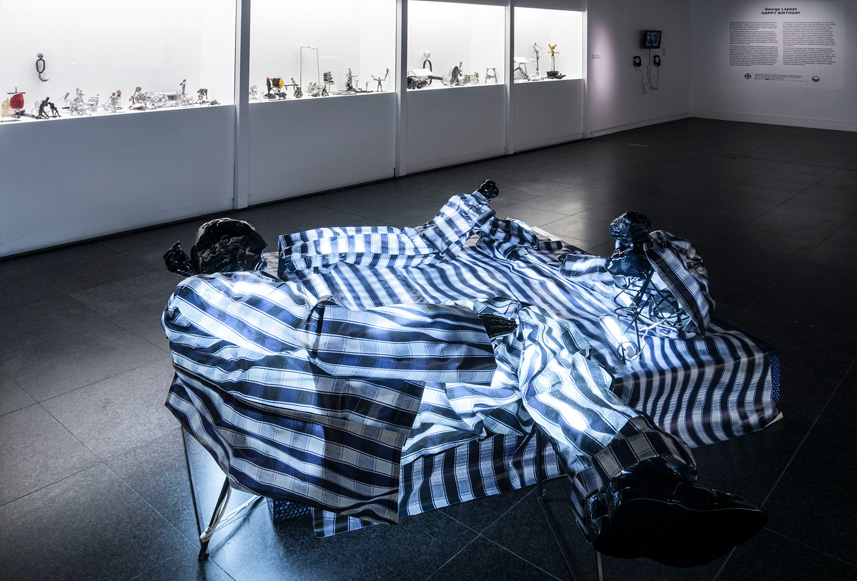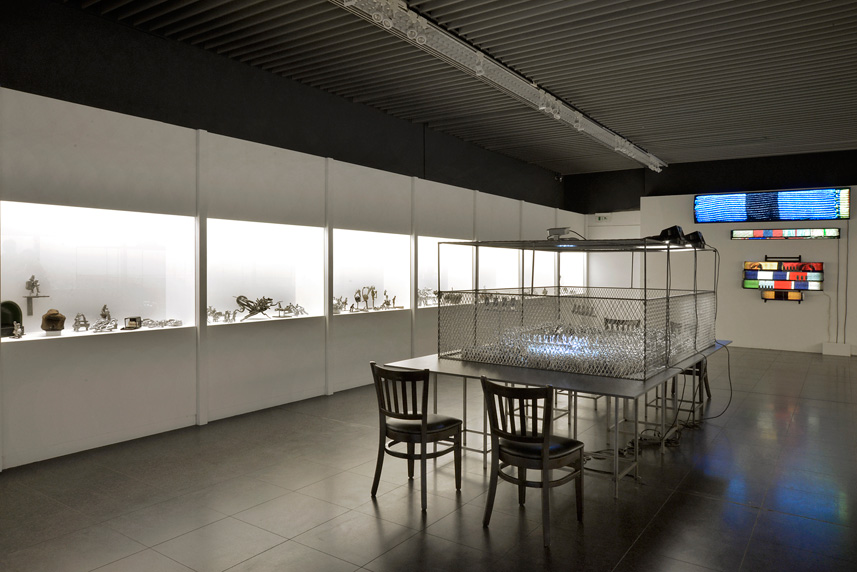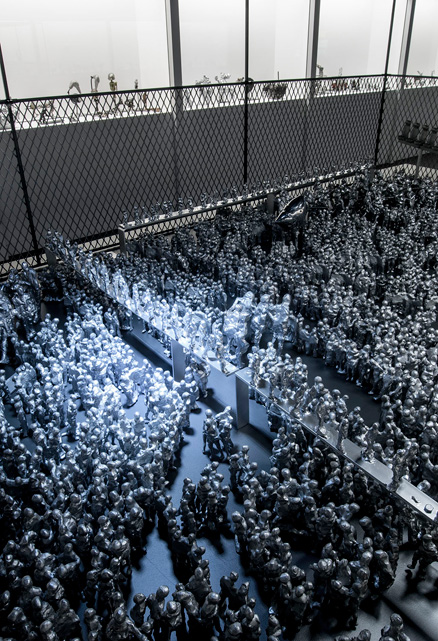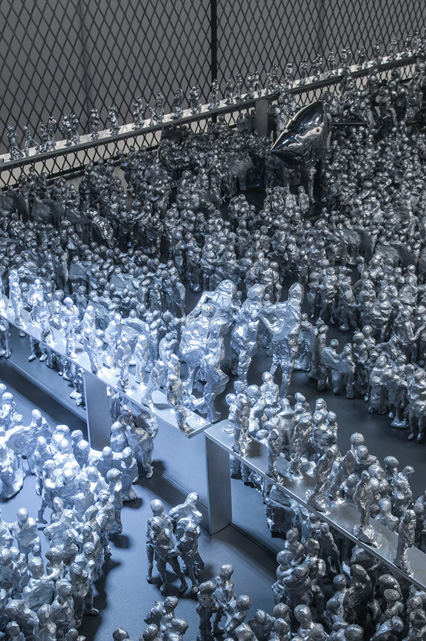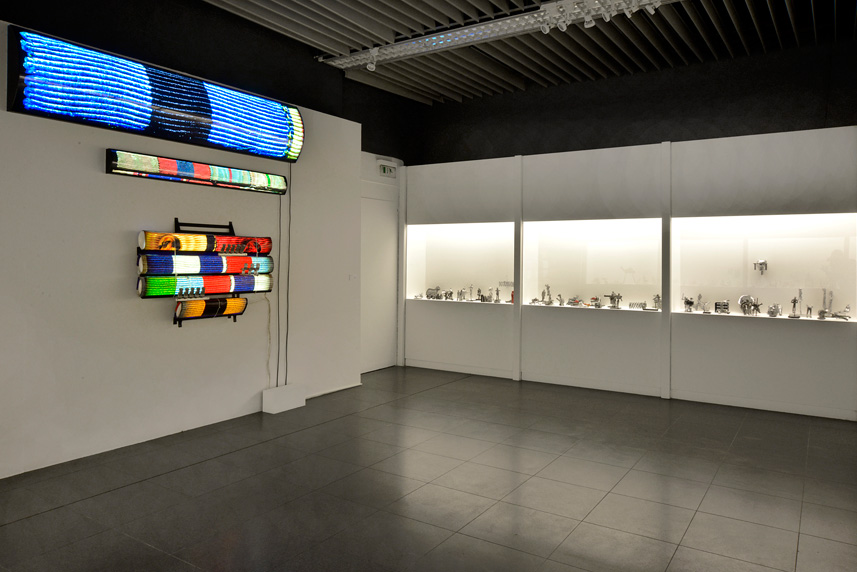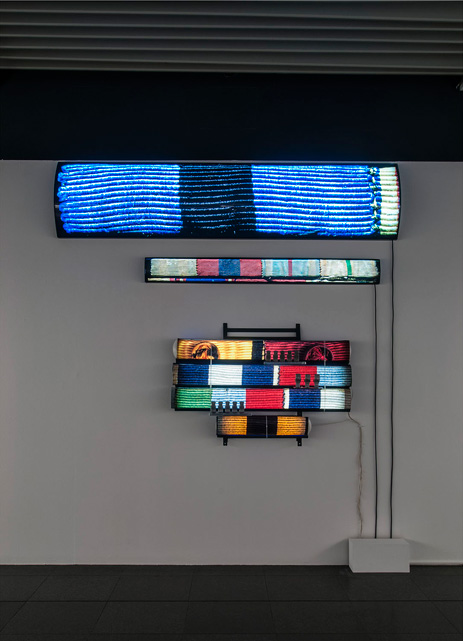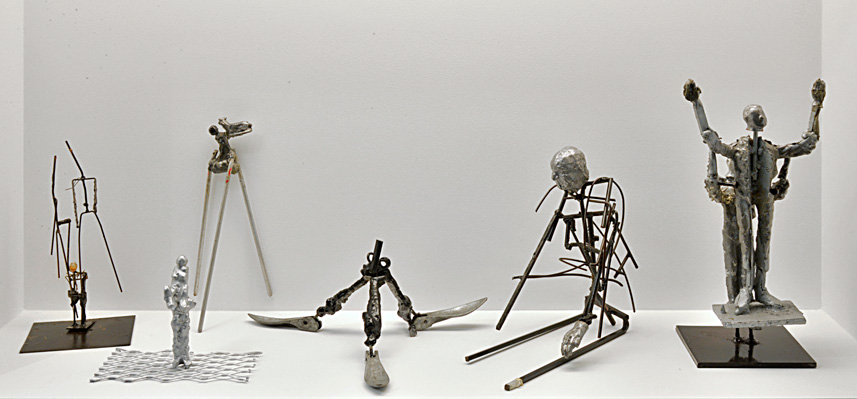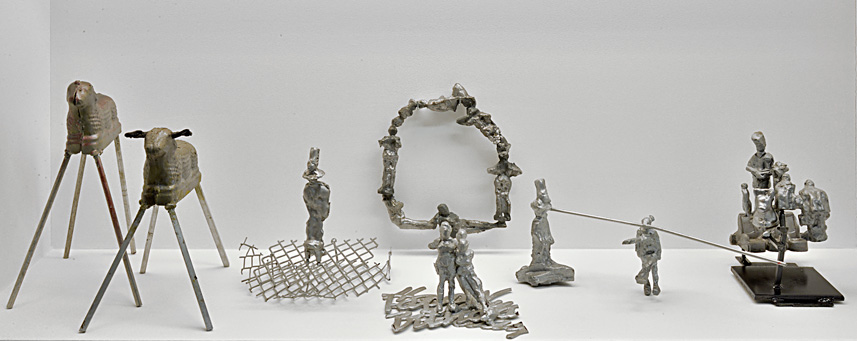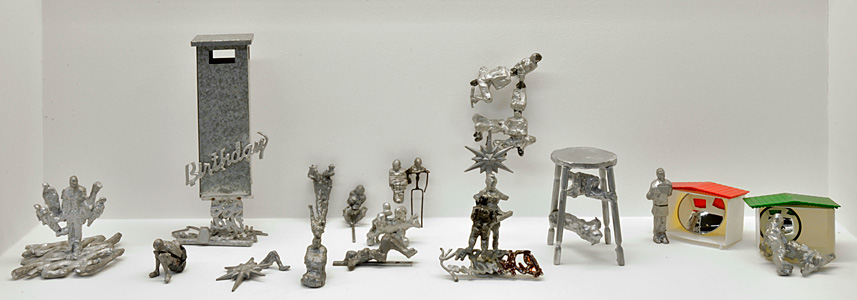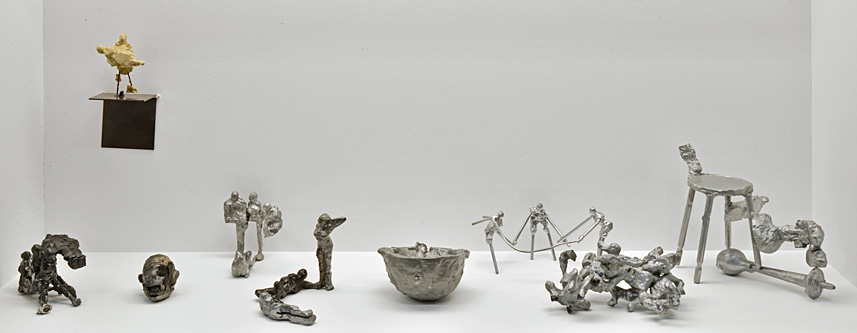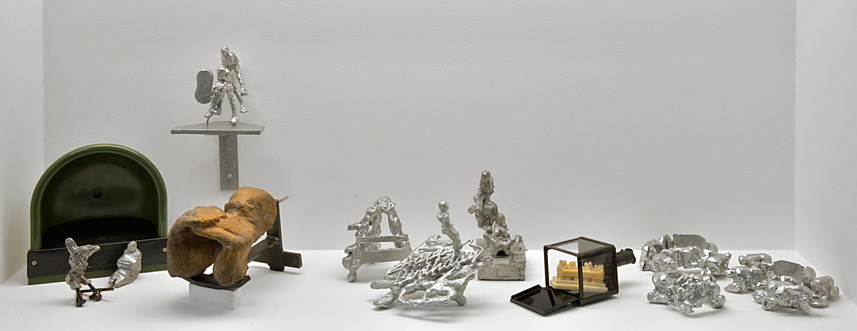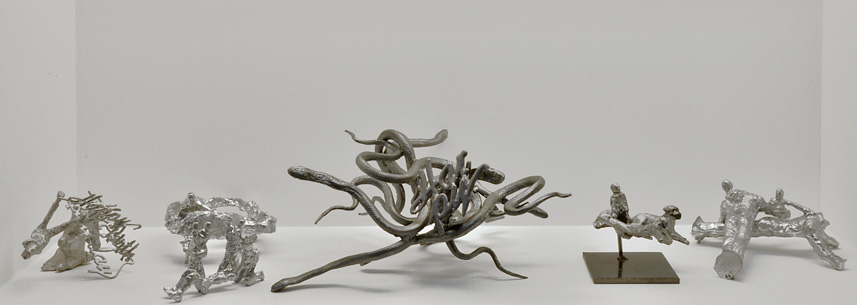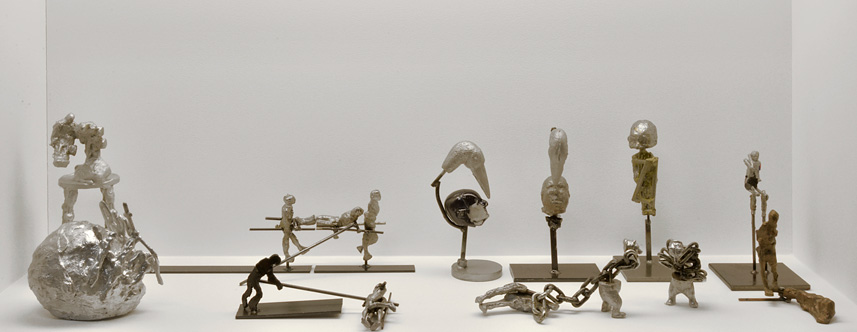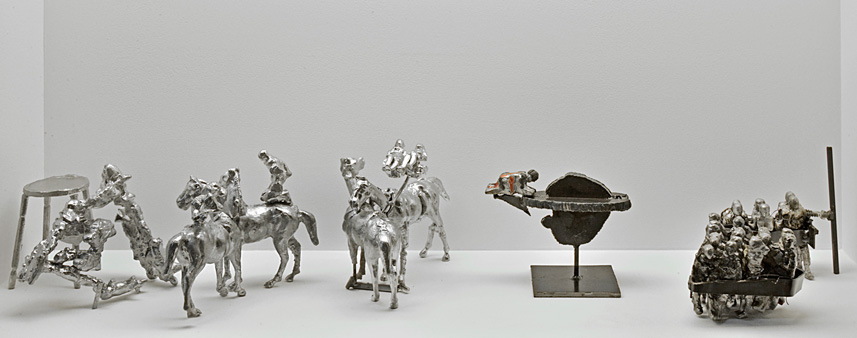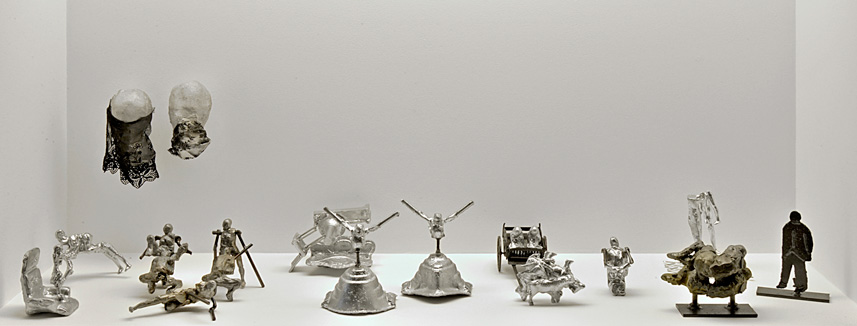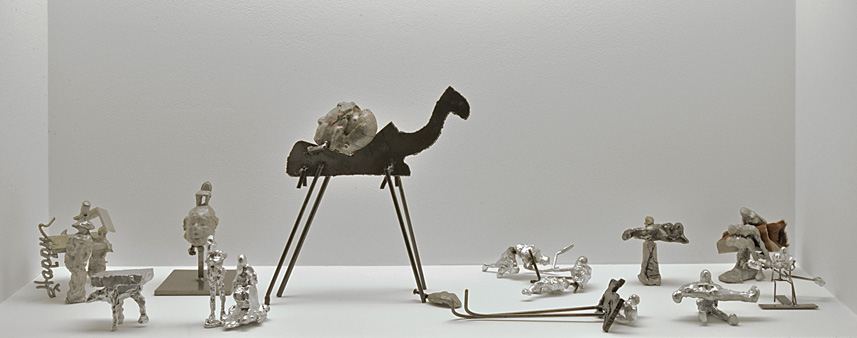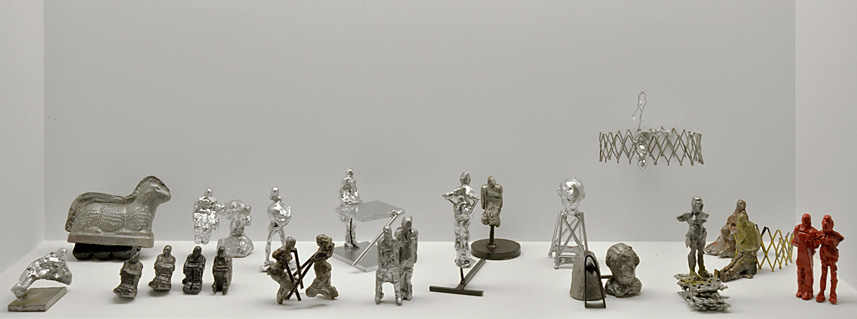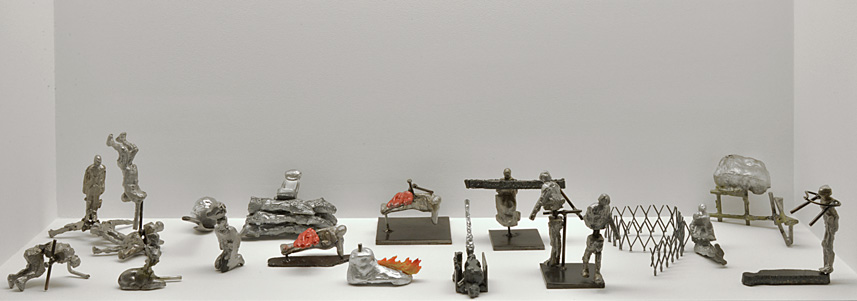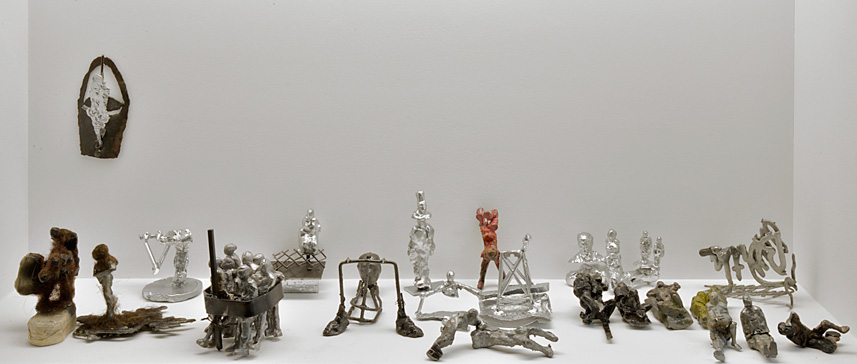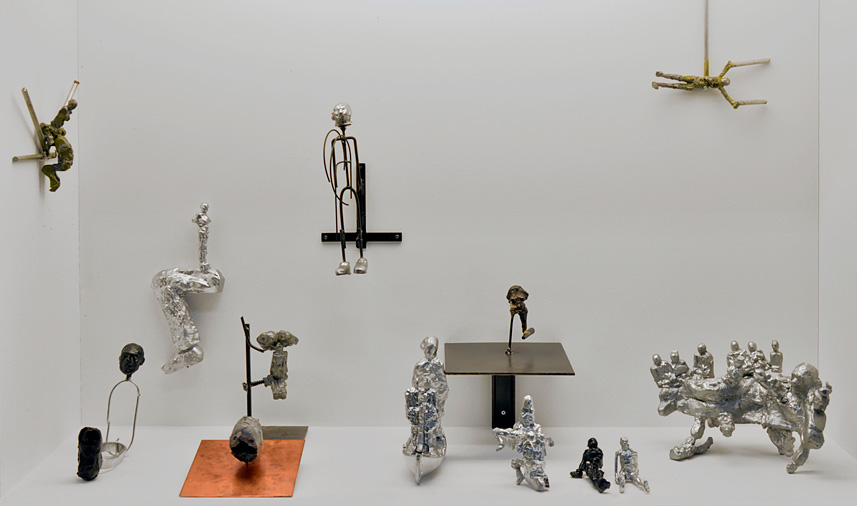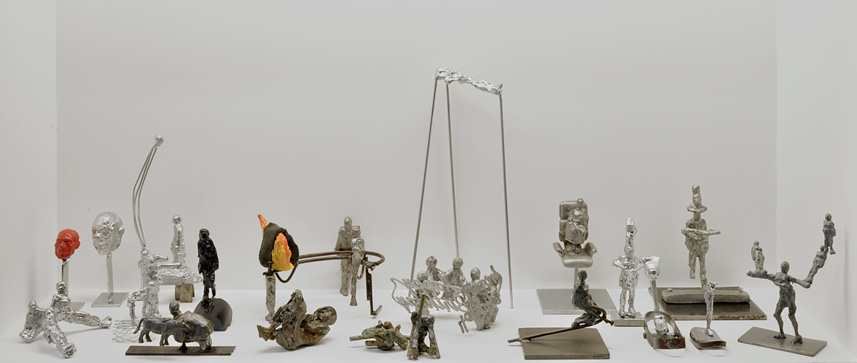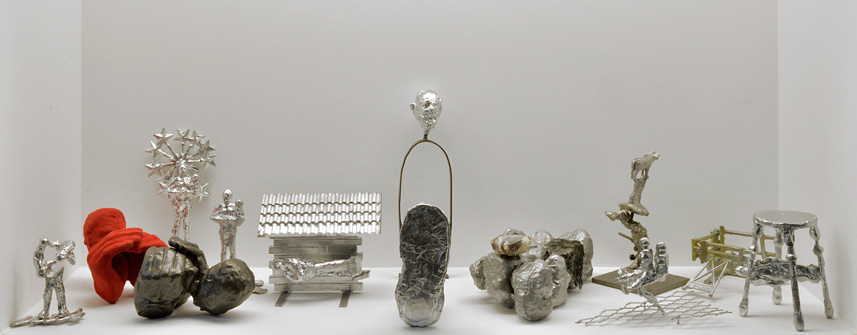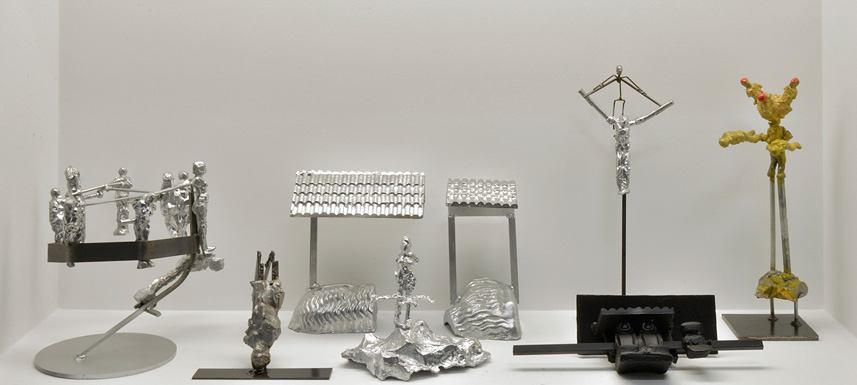The DESTE Foundation, in collaboration with the Benaki Museum, presents at the Museum’s Main Building an exhibition-tribute to the work of Greek artist George Lappas (1950-2016). The show comprises a selection of the artist’s recent and largely unknown works, which attempts to shed light on aspects of his quests and link the range of his cultural references with the Museum’s historical context. The title comes from a series of sculptures with the inscription “Happy Birthday”.
George Lappas was one of the most important Greek sculptors of the 20th century. Over the years he moulded his own special visual idiom, unambiguous and dense in ideas, which deals with fundamental human emotions: tragedy, catharsis, enigma and destiny. The great appeal of his work, but also the fascinating breadth and intensity of his research on the human body as it is imprinted in his studio, were the inspiration for the presentation of this show; its narrative guide was the rearrangement of a rich material as it was archived by the artist’s wife, sculptor Afroditi Liti.
In the exhibition, major installations and sculptures from various series of Lappas’ recent production reflect the orientation and the breadth of his experimentation and paths. At the same time, on the oblong sides of the room, the small aluminium sculptures he produced systematically in the last decades of his career are arranged in a continuous frieze. Self-contained works but also notes for an unending “work-in-progress”, sculptural experiments or gestures of research, these sculptures were carefully classified, numbered and placed in boxes that lined the shelves of his studio from end to end. Some 250 of them were selected and placed in a fluid layout, with no hierarchies or groupings, so as to form a “text” whose meaning is perceived through the sequences and differentiations. It is an archive of sculptures which confront and encounter one another to articulate a narrative about the human condition, the enigmas of existence, about history, individuality and the multitude; a narrative with a strong absurd and ironic element.
The linear layout of these sculptures in the showcases is based on the spatial sequence adopted by the artist himself in his studio. This approach to exhibiting seems archaeological, but in the case of a sculptor to whom the sense of motion is decisive, it also reflects the cinematic apparatus of intermittent editing*: the viewer can follow the ‘plot’ of the sculptures in the form of intertwined close-up ‘takes’ or ‘episodes’, at the same time discerning the gaps and the seams between them. This was our way of resolving the tormenting dilemma of “how would the artist set up these works, and how should we do it today?” by looking for their subterranean common root, i.e. at the point where the incomparable narrative practice of Lappas emerges.
The exhibition-tribute Happy Birthday is not of a retrospective nature, but constitutes a hermeneutic challenge occasioned by the artist’s recent and unexpected demise. The motive and the quest was an understanding of his artistic research, of his work’s power and energy at this moment in time; even more so since it is held in the main building of the Benaki Museum, an exhibition space that documents some important traces of Greek civilization and its ‘inter-textual’ dialogue with other traditions.
If the archival density of his studio was the starting point of the encounter with the artist and his work, the Museum constitutes the second key element in the process of the dialectic approach to this precious sculptural cache. The museum space and the objects it contains may help enrich our perception of Lappas’ oeuvre, highlighting its undiagnosed cultural, social and conceptual strata.
Opening: September 22, 2016
Duration: September 23 – November 20, 2016
The exhibition is organized by the DESTE Foundation in collaboration with the Benaki Museum
Happy Birthday on “Epohi ton Ikonon”:
* Intermittent editing, writes Gilles Deleuze in his book Cinema 2: The Time-Image (Minneapolis, 1989), forces the viewer to pay attention to what lies “between”; it is the method of AND (‘this and then that’), which does away with all cinema of the One.
